Can I Sew a Pattern for Knit with Woven Fabric? How to substitute fabric in sewing patterns
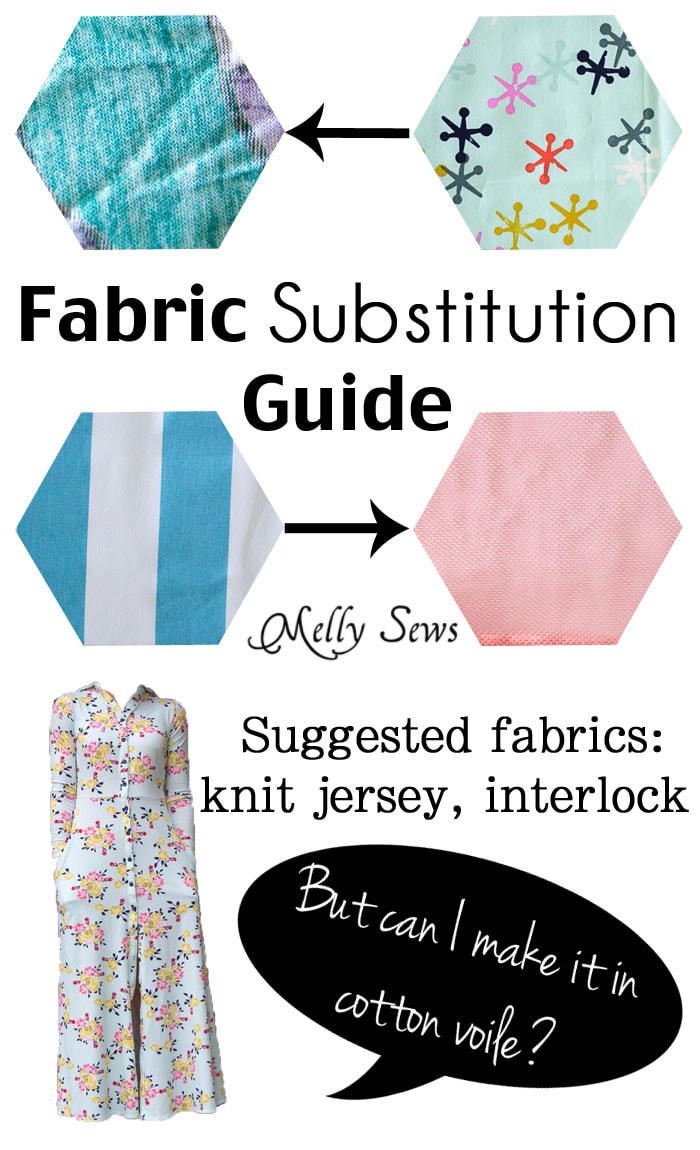
Hey y’all, to day we’re going to talk about when you can substitute fabric in a sewing pattern. One of the questions I often get via email or Facebook is whether a given pattern can be made in a different fabric from the suggested fabrics. And the answer is – it depends. So let’s delve further into the issue and I’ll give you my best rules of thumb for fabric substitutions.
I’ve made a video about when and how to substitute fabric that you can watch below or on YouTube here demonstrating properties of fabrics and when you can and cannot substitute fabric for the suggested fabrics a pattern specifies.
The difference between fiber and construction, or why “Can I sew this in cotton?” isn’t a good question
All fabrics have two main properties that influence all the other characteristics of the final fabric. One is fiber, the other is construction.
Fiber refers to the raw material that makes up the threads that make up the fabric. Cotton is a fiber. So is linen. Other fibers include polyester, lycra, spandex, rayon, bamboo, hemp, wool, silk, etc. Fibers can be blended to make up a thread. Fibers can be plant based (cotton, linen, hemp) animal based (wool, silk, cashmere) or man made (polyester, spandex, lycra, nylon). These fibers are spun into very thin threads or thicker yarns and everything in between.
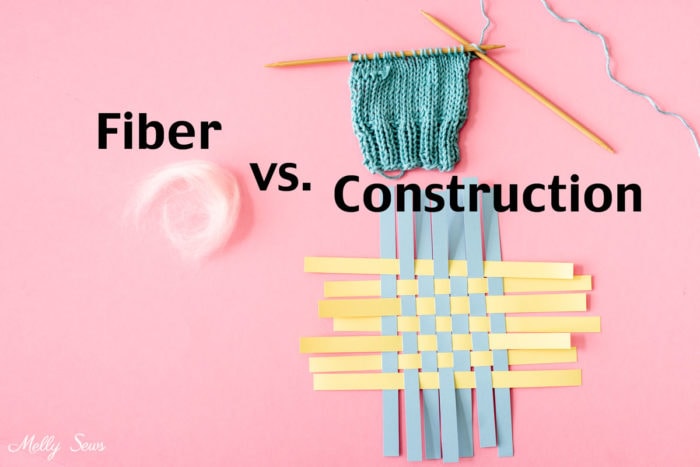
The method by which the fiber is made into fabric is the construction of the fabric. The two main construction methods are weaving and knitting. Weaving occurs on a loom and uses warp threads and weft threads woven over and under each other at right angles to create woven fabrics which generally do not have any stretch. The width of the loom determines the width of the fabric. Knitting uses a single thread formed into loops and pulled through loops and creates a fabric that stretches.
So the combination of fiber and construction creates the fabric. The thickness of the fiber and the type of weave or knit stitch affect the durability and weight of the final textile. Cotton fiber can be knitted or woven, and depending on which construction method is used the fabric will behave very differently. It will have a different drape, different texture, stretch or not, and be suitable for very different uses. Twill fabric, corduroy, denim, and lawn are all types of woven fabrics. Jersey and ribbing are two types of knit fabrics that can be cotton. That is why I can’t answer “can I make this in cotton?”
When can you switch fabrics?
I’ve made a little flow chart for the most common question – can you make a pattern that calls for knits in a woven fabric, or can you make a pattern that calls for woven in a knit fabric?
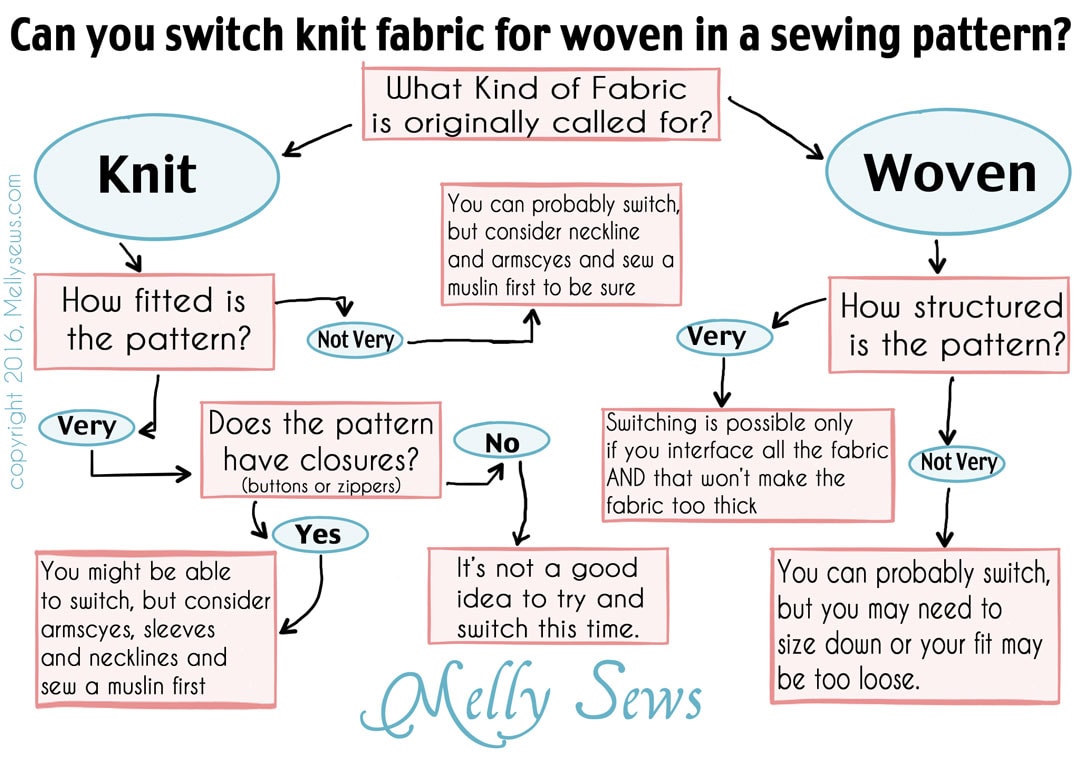
Let’s break that chart down a little.
Can I make a woven pattern in a knit stretch fabric?
If your pattern calls for a plain weave fabric like poplin but you want to use French terry, can you? The short answer is: usually. If the woven pattern is very structured – say, a tailored blazer – and you want to keep that structure, be prepared to interface all the fabric. And if the interfacing will make your knit too thick, then that’s not a switch you should make. If, however, you want to make that blazer look slouchy and unstructured, you may only need to interface the areas for the closures. But remember – your blazer in substituted fabric won’t look like the original.
If the pattern is not particularly structured, say peasant top blouses calling for silk fabrics like chiffon or other lightweight fabric, then if you switch to knit you need to worry about the weight of the fabric. Knit is generally heavier than woven fabric, which means it may pull at shoulders and necklines that weren’t designed to support it.
Maybe you’re looking to substitute cotton fabrics in pants – like switching the twill weave for chinos with a stretch gabardine? The biggest change would be that you might need to size down since the gabardine would stretch. However, this kind of substitution was made in a lot of ready to wear clothes when adding spandex to weaving was developed and often just adds comfort. This is why it’s harder to find non-stretch jeans than it used to be.
But strictly speaking, you’ll be able to put the garment on (which is not necessarily the case with switching a knit garment to woven), though you may find that the addition of stretch from the knit fabric means you need to size down. And once again, remember – your pattern in substituted fabric won’t look like the original.
A good example of a pattern that can be made in either woven or knit is my Shoreline Boatneck. The faced neckline is stabilized no matter which fabric you use, and it is unstructured enough that the switch to a different fabric doesn’t drastically change the style. This flexibility might be why I have so many of these in my closet!
Can I make a knit pattern designed for stretch fabric in a woven fabric instead?
This proposition is more complicated, and it starts with a consideration of how fitted the knit pattern is and how the pattern gets its shaping. A loose fit knit pattern can usually be sewn from a woven, but you should pay attention to armscyes and necklines to make sure they don’t need to stretch to fit on the body. For example, even though crew neck t shirts might not be very fitted, typically the neckline does need to stretch to get over the wearer’s head, so if you switch that to a woven, you’ll need to widen and/or deepen the neckline or add closures so that the wearer can put it on. And remember – your pattern in substituted fabric won’t look like the original. Knit fabric typically drapes and clings more than most wovens.
If the pattern is very fitted however, the substitution becomes less possible. The first thing to look at to determine if this is possible is whether the garment has closures. If it does, next look for HOW the knit is shaped to the body. When darts or seams are used, that’s a good sign that you could possible switch to knit. If the pattern is shaped to the body with negative ease and stretch, though, you’re not going to be able to substitute.
Examples of garments to discuss substitute fabric
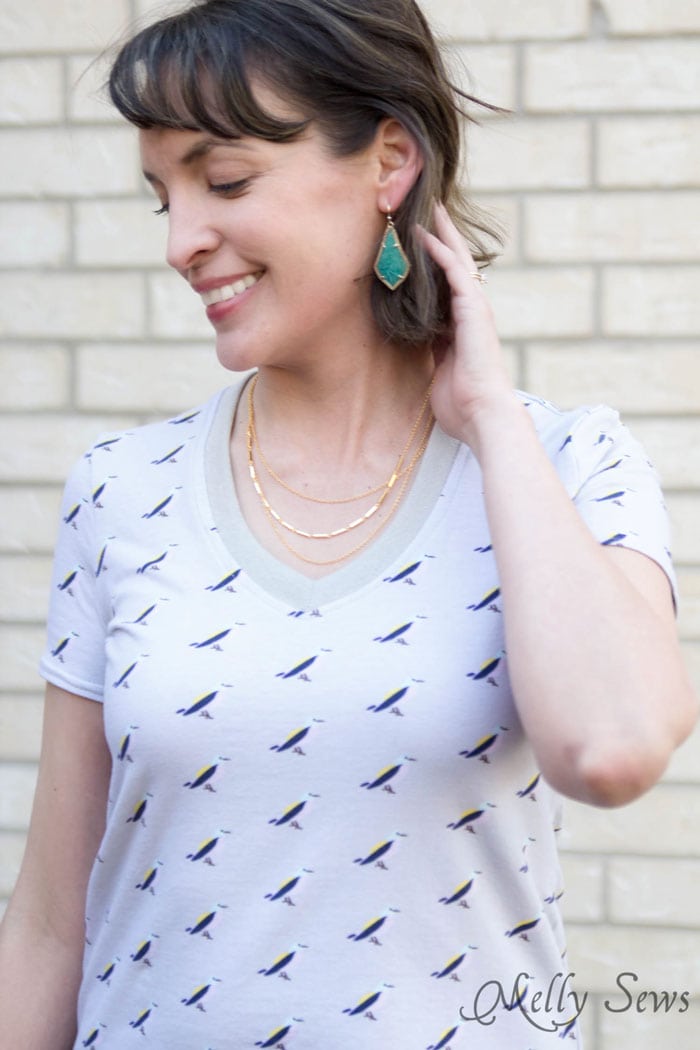
Let’s look, for example, at the self drafted t-shirt I’m wearing above. This shirt is very fitted through the shoulders and sleeves, which means this would not be a good candidate for switching to woven.
Consider, on the other hand, my Marbella dress pattern. This is a very fitted dress, but it has closures, and is shaped with bust darts and a waist seam, and recommended fabrics are light to medium weight knits.

Because of those changes, the button front Marbella dress is actually a good candidate for switching to woven fabric – as long as you consider the sleeves. The sleeves as drafted are very fitted, and they need that stretch to be comfortable. If you want to switch the Marbella to a woven fabric, you would need to widen the sleeves quite a bit to keep them comfortable to wear once the stretch is removed. You’d also expect collars like this one to stand up more when made in a woven fabric. And remember (say it with me) your pattern in substitute fabric won’t look like the original.
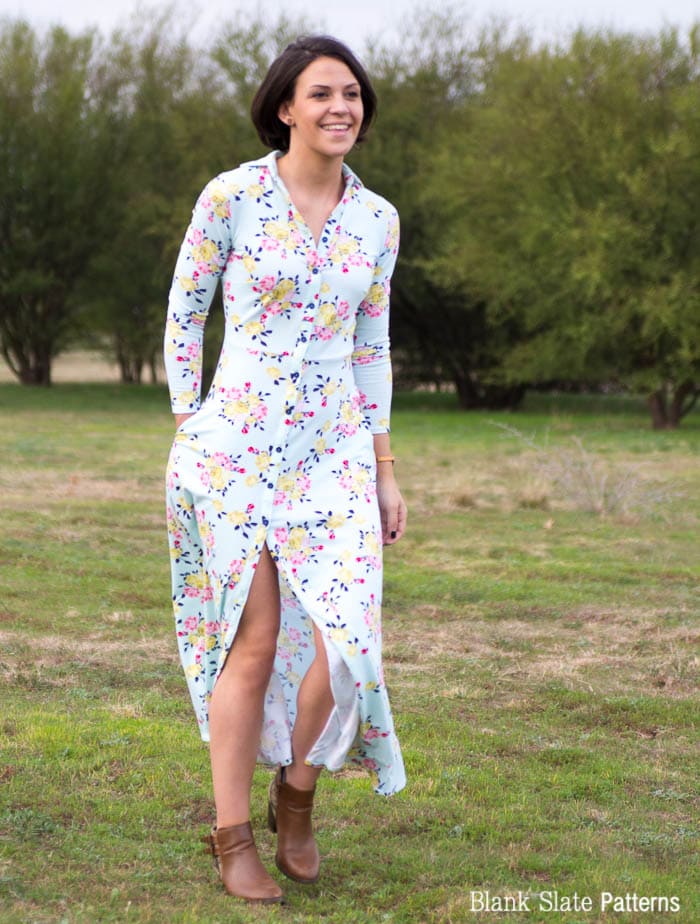
However, the popover version of the Marbella is not a good candidate for switching, because the fitted waist in that version relies on stretch to fit over the bust – if you did the popover in woven fabric, you might not ever get it down past the ladies. The same principle would apply to pull on skirts that don’t have an elastic waistband – you couldn’t pull a woven skirt cut to fit your waist over your larger hips.
I sometimes get questions about whether you could substitute a woven fabric for a stretch fabric if it is cut on the bias grain and honestly, even if woven fabric does stretch in bias directions you’re basically just making a new pattern at that point. Woven fabric cut on the bias behaves differently than a stretch fabric in so many ways.
Can I switch one kind of woven for another woven or one kind of knit for another kind of knit?
Generally, the answer to whether you can switch types of weaves is yes, but (you guessed it) your pattern in substituted fabric won’t look like the original. The main thing you need to keep in mind if you’re doing this is how different the two fabrics are in thickness. For example, if you switch a pattern that calls for jersey weight fabric to a thick stretch fleece, you’ll probably need to size up to accommodate those thicker seams. If your pattern calls for chiffon fabrics and you switch to a heavy weight jacquard, it’s not going to move or hang the same way.
The final word on fabric substitutions
If you are planning to substitute fabric, keep these things in mind
- Your pattern in substituted fabric won’t look like the original.
- Check fitted areas like necklines, armholes, and waistlines to make sure they’ll still fit
- It’s always a good idea to make a muslin with similar fabric before you cut into your carefully hoarded stash of good fabric to sew, whether you’re substituting fabric or not.
Want to read more about sewing with knits? See these posts:

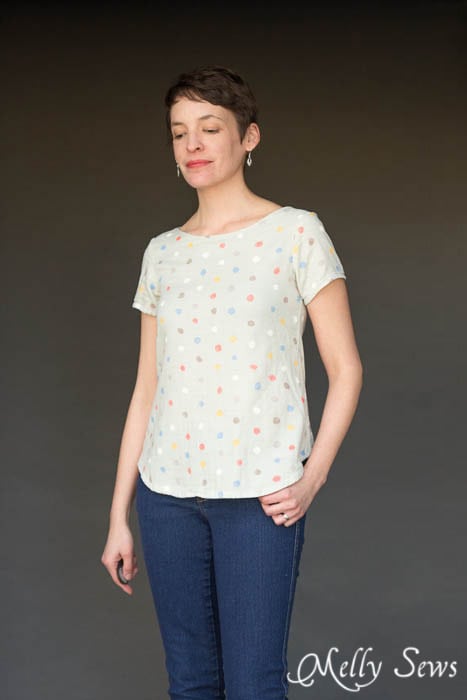
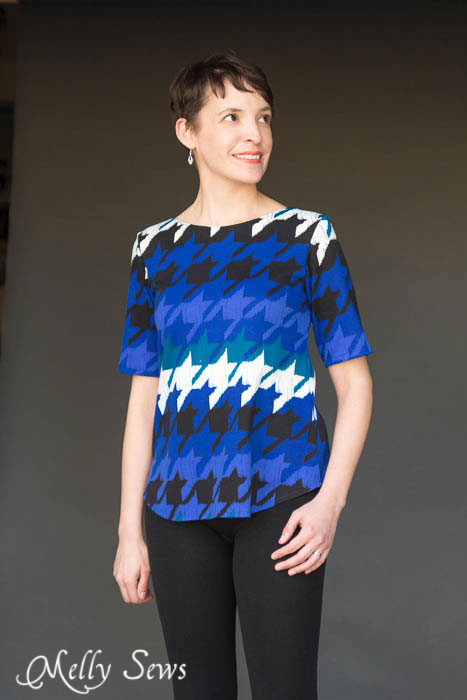
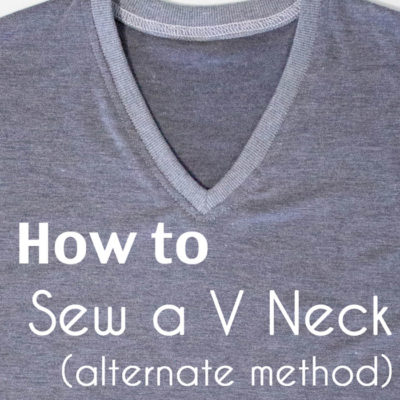
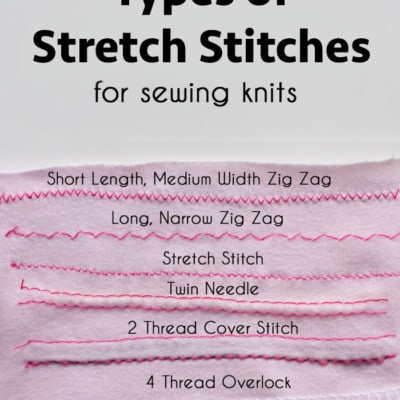

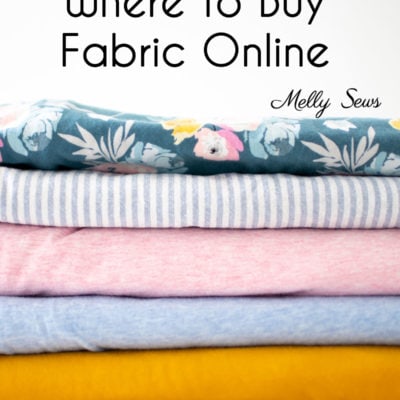
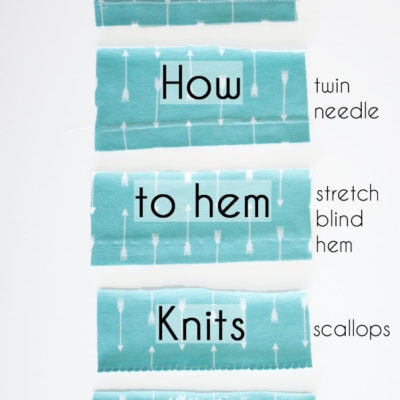
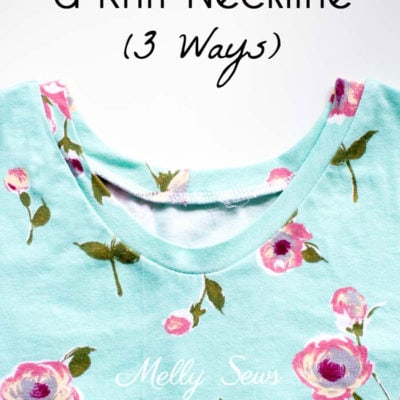
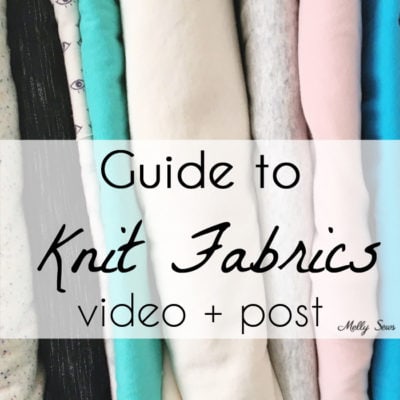

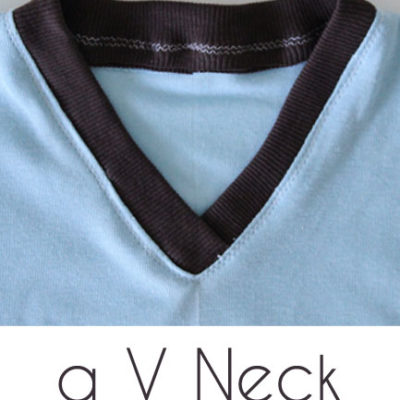
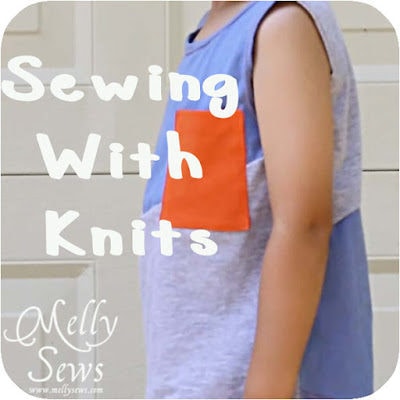
Sheila
Thank you, Melly, this is really helpful. I haven’t done a lot of switching, as I’m still a bit scared of knits. (I have used them, just not with quite the same confidence as with woven fabric.) But you’ve probably now saved me from some disastrous projects where I might have thought – “I’ll have a go – at least I can use the armscye and neck shaping”.
Regarding the substitution of knit with knit – you are so right. I’ve just made a toddler T-shirt top as an experiment from an old Burda pattern I had knocking around the place, and I’m not really that happy about it, because the knit fabric I used is fairly thick. I didn’t really think about that beforehand – or rather, I hadn’t looked closely enough at the pattern, which has faced and interfaced shoulder openings, and sleeves, so you have multiple layers of fabric in some places.
So THANK YOU for your good advice!
PS – I know you should, but I never have time to make muslins. The grandchildren will have grown out of the clothes before they’re finished!
Nancy
Thank you for the advice it really helped.
Adje
Melly, thank you, again. Want you to know that you are a great help to me, all your tutorials are clear and very useful.
teresa gonzalez
As usual you are the perfect professor in teaching. Thanks a lot
Dianne Robertson
Thank you so very much for this invaluable information!
Nia Lorre
Just found this since the question just came up for me and as usual, here is great information. Thanks Melly!
I noticed that a lot of the little kimono like toppers – usually done in a fluid rayon – are very similar to banded cardigans for knits. Why buy another pattern when you can modify what you have, right?
Dianne Robertson
Very helpful and timely. I was thinking last night about making a dress of woven fabric (houndstooth) from a shirt I drafted of knit fabric (cheetah). I guess I was just feeling lazy because I have many patterns I could use. But this one fits me so well. I read somewhere that you only had to expand the woven pattern by two inches. Good thing I didn’t mess u my fabric. Thank you, Melly!
Cambron Teup
Thank you so much! I know that you “shouldn’t” substitute knits for wovens in patterns for knits, but what do you do when the pattern of your dreams only comes in knit?
Now I know!
Jessica
Thank you for such an educational article! I enjoyed the read and learn a lot! I want to start venturing on sewing with knits more and this helped me make an informed decision on what pattern/fabrics combo to use. Thank you, Melly!
deb bliss
thank you its the first time I have understood the explanation on weave, knit and fibers.
Lindy Gibbon
Brilliant tutorial and I LOVE a flowchart! Thank you.
Bev
Thank you for this article. I am making the curtain costumes for The Sound of Music and would prefer to use woven fabric for the blouses but the pattern I’m using is for knits. The students are Jr. High age so I think the adult knit pattern should work. I will pay close attention to the arms eye and neck.
Peg
Once again You have explained Why and Why not so well. Much of this I have discoveed in my sewing journey and instructions but you have put it all together in comprehensive language and visuals.Thanks so much